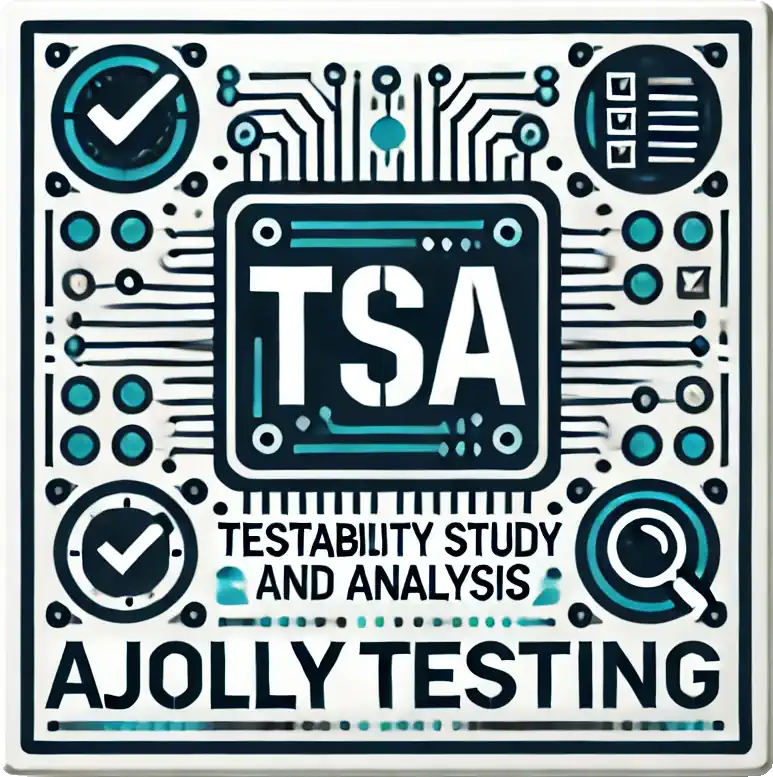
The Testability Analysis (TSA – Testability Study & Analysis) is a technical process carried out during the development of a product, aiming to verify if all testing and quality control requirements can be effectively applied in the production phase.
This analysis is crucial to prevent the product from being inadequately tested at the end of development — which leads to delays, additional costs, and risks of field failures.
🎯 What is the purpose of TSA?
The TSA allows:
- Identify accessible and safe test points for measurement
- Validate if the diagnostic and validation resources are planned in the project
- Evaluate physical, electrical, or logical constraints impacting the test
- Recommend design improvements to increase coverage and reliability
- Reduce costs and time in the validation and production ramp-up phase
🧰 What is analyzed in the TSA?
During a testability analysis, the following are verified:
| Analyzed Element | Objective |
|---|---|
| Access points | Verify if it is possible to connect instruments and test probes |
| Loop coverage | Evaluate if each signal can be monitored or stimulated |
| Channel separation | Ensure signals do not overlap and can be validated independently |
| Availability of control signals | Reset, enable, clock, bootmode, among others |
| Testable interfaces | UART, I2C, SPI, USB, CAN, GPIOs, etc. |
| Mechanical impediments | Space for pins, jigs, connectorization, or fixation points |
| Shielding, power supply, and GND | To ensure electrical stability and EMI protection |
🛠️ How AJOLLY Testing conducts the TSA
AJOLLY Testing actively participates in client projects from the early stages (design or prototype), offering:
- Standardized TSA checklists
- Simulations of test coverage (ICT, FT, Boundary Scan, RF)
- Suggestions for hardware improvements (vias, pull-up resistors, test pads)
- Validation meetings with product engineers and quality
- Support for DFT (Design For Testability) documentation
🏭 Benefits for production
Conducting the TSA in advance brings concrete benefits:
- Shorter production ramp-up time
- Less rework in engineering
- Greater test coverage
- Reduction of field failures (OBA, OQC)
- Feasibility of using standardized or automatic jigs
Testability is not a consequence — it is a design criterion. With AJOLLY Testing, your product is ready to be tested from the start.
